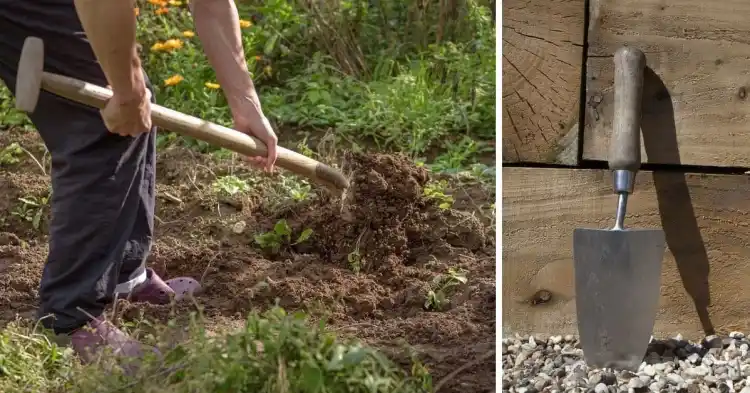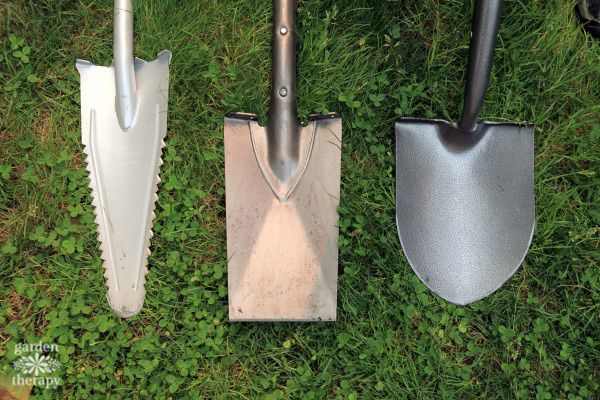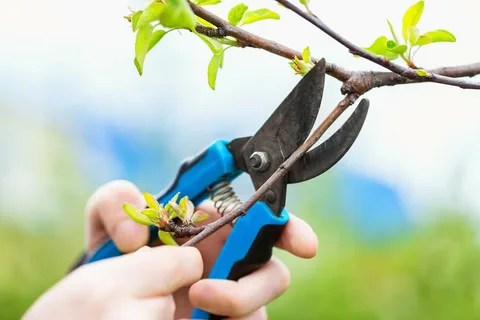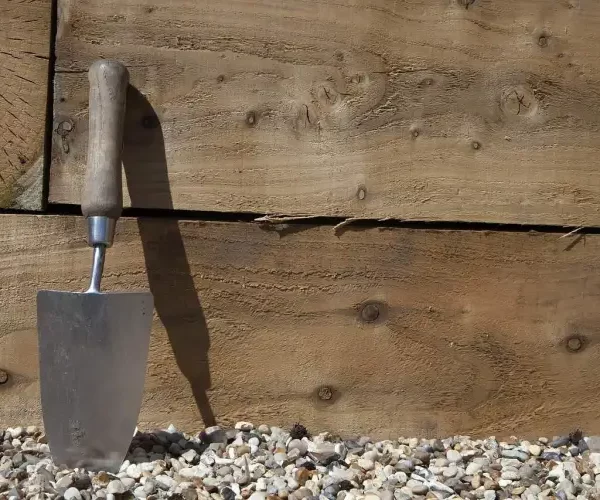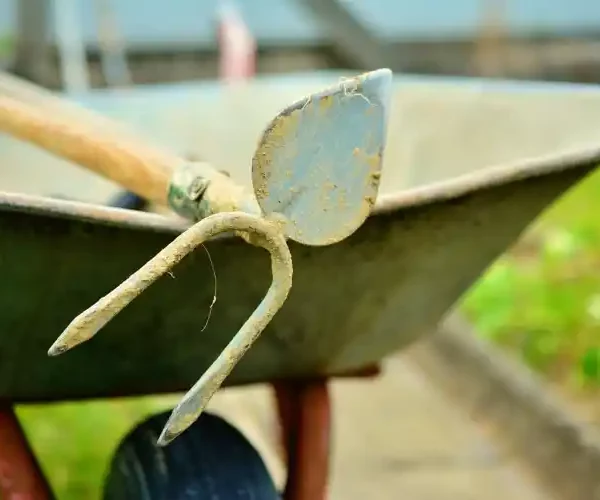Introduction
Both trowels and spades are indispensable tools in gardening, but they serve different purposes due to their distinct designs and functionalities. This guide clarifies their differences, applications, and importance in horticulture.
What is a Trowel?
Definition and Characteristics
A trowel is a small handheld tool characterized by a flat, pointed blade attached to a handle. It is typically used for tasks that require precision and control, such as planting small plants, digging holes for bulbs, and transplanting seedlings.
Key Features
- Size: Trowels have a compact size, making them easy to maneuver in tight spaces or containers.
- Blade Shape: The blade of a trowel is usually flat or slightly curved, facilitating precise digging and scooping of soil.
Applications
- Planting: Ideal for transferring seedlings from pots to garden beds or containers.
- Weeding: Effective for removing weeds with shallow roots without disturbing surrounding plants.
- Soil Mixing: Useful for blending soil amendments or potting mixtures in small quantities.
Reference Links
- Royal Horticultural Society
- United States Department of Agriculture
What is a Spade?
Definition and Characteristics
A spade is a larger tool with a flat, rectangular blade attached to a long handle. It is designed for heavier digging and lifting tasks in gardening and landscaping.
Key Features
- Size: Spades have a larger size compared to trowels, providing leverage for digging deeper holes and trenches.
- Blade Shape: The blade of a spade is flat and straight-edged, allowing for efficient cutting through soil and roots.
Applications
- Digging: Suitable for digging planting holes, trenches for irrigation lines, and turning over soil.
- Lifting: Used to lift and move larger quantities of soil, compost, or mulch.
- Edging: Helpful for creating clean edges around garden beds or pathways.
Reference Links:
- Royal Horticultural Society
- United States Department of Agriculture
Key Differences Between Trowel and Spade
Size and Design
- Trowel: Small, handheld tool with a compact blade for precise, detailed work.
- Spade: Larger tool with a long handle and a flat, rectangular blade for heavy-duty digging and lifting.
Functionality
- Trowel: Used for planting, transplanting, and weeding in small spaces or containers.
- Spade: Suited for digging, lifting, and edging larger areas in gardens or landscapes.
Versatility
- Trowel: Versatile for various gardening tasks requiring precision and control.
- Spade: Versatile for heavy-duty digging, lifting, and soil manipulation tasks.
Conclusion
Understanding the differences between a trowel and a spade empowers gardeners and landscapers to choose the right tool for specific gardening tasks. Whether you need precision planting with a trowel or heavy digging with a spade, selecting the appropriate tool enhances efficiency and promotes successful garden maintenance.
What is called spade?
A spade is a digging tool characterized by a flat, rectangular blade attached to a long handle, used primarily for digging, lifting soil, and edging in gardening and landscaping.
What is the use of a hand trowel?
A hand trowel is a small gardening tool with a pointed blade used for planting, transplanting seedlings, digging small holes, and removing weeds in tight spaces or containers.
What’s another word for spade?
Another word for spade is “shovel,” although technically they can differ slightly in design and use. In common usage, the terms are often used interchangeably.
What is the difference between a spade and shovel brainly?
The main difference between a spade and a shovel is in their blade shape and purpose. A spade typically has a flat, rectangular blade ideal for digging and edging, while a shovel has a curved blade designed for lifting and moving loose materials like soil, gravel, or snow.
What is spade in digging?
In digging, a spade refers to the tool with a flat, straight-edged blade used for cutting into and lifting soil, making it efficient for tasks requiring precision and control.
Is a shovel bigger than a spade?
Generally, yes, a shovel is larger than a spade in terms of both blade size and overall length. Shovels are designed for heavier lifting and moving tasks compared to the more precise digging and planting work of spades.
What is a small spade called?
A small spade is often called a “hand spade” or “garden spade,” emphasizing its compact size and suitability for smaller gardening tasks or working in confined spaces.
Is a trowel a spade?
No, a trowel is not a spade. While both are gardening tools, a trowel has a smaller, pointed blade designed for precise tasks like planting, transplanting, and weeding in small areas or containers.
What are 5 uses of shovels? Shovels are versatile tools used for
- Digging and turning soil in gardens.
- Moving and spreading mulch, compost, or gravel.
- Clearing snow and debris from driveways and pathways.
- Excavating holes for planting trees or shrubs.
- Mixing and transferring materials in construction and landscaping projects.
What is called shovel?
A shovel is a tool with a curved or straight-edged blade attached to a long handle, used for digging, lifting, and moving loose materials such as soil, sand, or snow in various applications.
- Best THC Sodas to Buy in Arkansas - May 28, 2025
- Exploring THC-Infused Sodas in Arkansas - May 28, 2025
- THC Beverages Now Trending in Alabama - May 28, 2025

